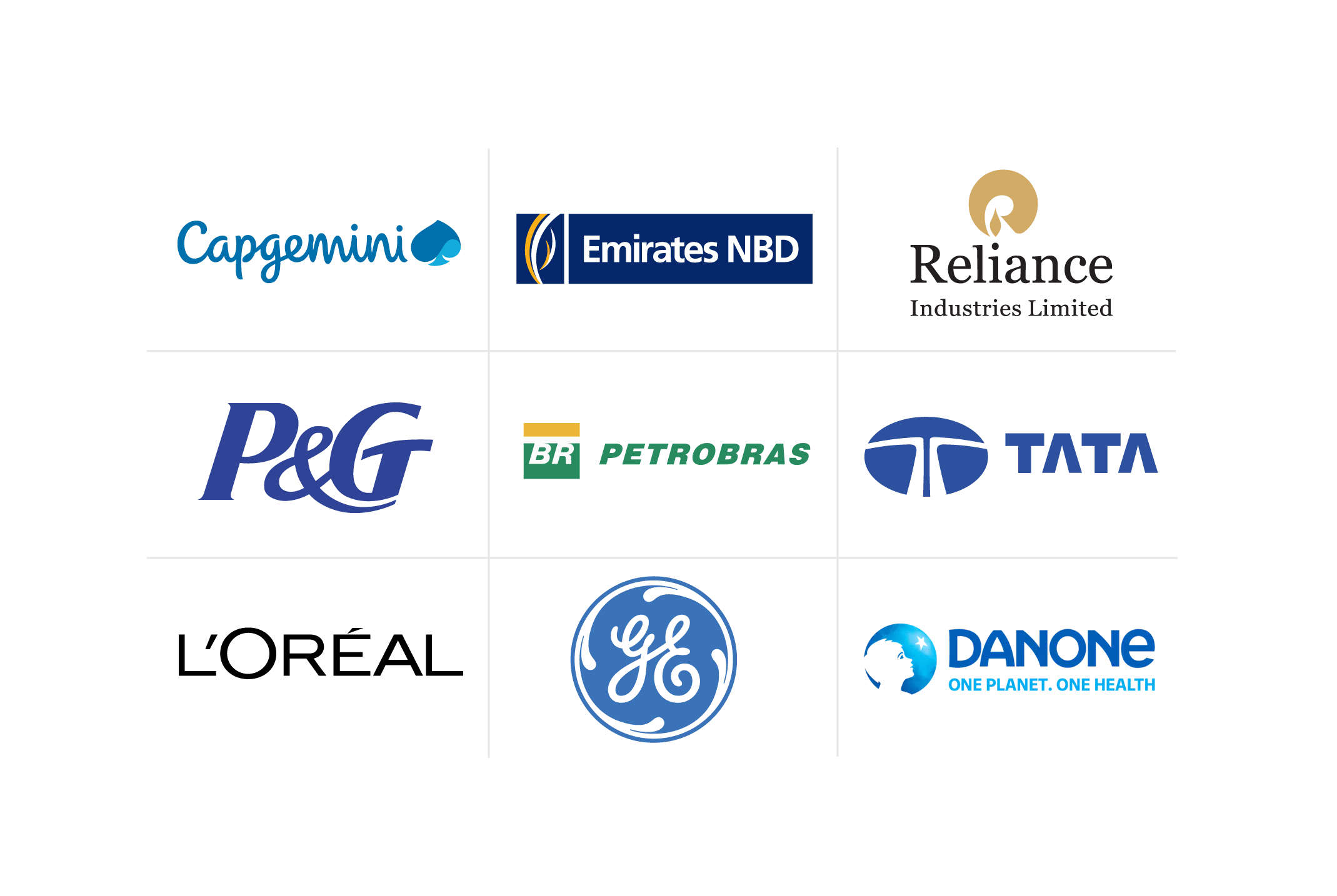Succession Management in Companies: Nurturing Future Leaders
Explore what succession management is and how it benefits organizations and their workforce.
![[Featured Image] A group of coworkers reviews their company’s succession management plan on a tablet ahead of their CEO’s retirement.](https://d3njjcbhbojbot.cloudfront.net/api/utilities/v1/imageproxy/https://images.ctfassets.net/2pudprfttvy6/4qDxw8KhA1n9jm3MegZKV6/813226cacaee17996d83b08889734375/GettyImages-2152859774.jpg?w=1500&h=680&q=60&fit=fill&f=faces&fm=jpg&fl=progressive&auto=format%2Ccompress&dpr=1&w=1000)
According to data from the Retirement Income Institute, over 4.1 million Americans will turn 65 annually through 2027 [1], equating to about 11,200 people celebrating their 65th birthday daily. This historic event, nicknamed "Peak 65," represents the largest surge of retirement-age Americans in history.
The shift marks a notable change in the nation's workforce, as many consider retirement at this age. As a result, many companies must begin creating succession management plans to ensure responsible, qualified candidates fill leadership roles.
Understanding succession management
Succession management is about more than filling roles as people retire. It's a systematic, long-term approach to developing a talent pipeline within your organization that helps mitigate risks of employee turnover.
With the right processes in place, your organization can identify needs, provide career advancement for employees, and ensure smooth transitions as employees exit your workforce.
Read more: Top Strategies for Retaining Talent Today
Defining succession management in the corporate landscape
Succession management is the ongoing process of identifying critical roles within the company and working to ensure you have a skilled, knowledgeable workforce that moves up the ranks and fuels success.
This strategic process focuses on both internal training to ensure existing employees are ready for advancement and recruiting new employees who provide the evolving skills needed for your company. Not only can it help prepare the organization for changes in staffing, but it can also help you effectively address skills gaps and create a learning and development-based company culture.
Read more: Skills Gap Analysis: A Guide to Training Your Teams
How succession planning differs from succession management
Succession planning is more of a short-term effort geared around a singular event like replacing a CEO upon retirement. Meanwhile, succession management consistently builds talent and recruits leaders to strengthen the company. As a result, it increases the chances of finding replacements within the organization when openings arise.
Succession planning is a process of identifying positions in the company that will likely become available in the coming years. These openings could be related to retiring leaders, the need to engage and retain top talent, or organizational growth that creates new positions.
When a C-Suite or other high-level leaders plan to leave, it's known as a defined departure, and the company makes plans to find and train a qualified person to enable a smooth transition.
Key components to succession management
As your company considers succession management and its role inside your organization, it's helpful to understand its key components, which include identifying the positions critical to the organization’s operations.
When you work towards succession management, you'll focus on:
Assessing critical roles: Identify vital positions and their potential for turnover. Which roles already have a viable successor, and what positions are vulnerable?
Identifying talent: Recognize potential leaders who can fill these roles.
Creating a leadership development plan: Identify necessary training and support required for successors to thrive. Provide learning and development opportunities as appropriate, including mentoring and coaching.
Establishing long-term workflows: Evaluate and revisit company needs frequently, remaining mindful of the number of employees ready currently and those in need of additional training.
The benefits of succession management
Succession management builds a talent pipeline and a positive work environment by developing a pool of talented employees who are supported and encouraged to grow.
More specifically, succession management is beneficial because:
Employees feel inspired by career advancement opportunities.
Succession management can save significant costs on unexpected replacements.
An investment in training and mentoring often boosts morale and productivity.
Companies focus on identifying future needs and redefining roles as needed.
Employee turnover is less risky with a talented pool of employees from which to draw.
Stakeholders feel assured of continued success.
It can future-proof your business in the event of unforeseen circumstances that lead to an unexpected loss of leadership (i.e., death, illness, or personal issues).
How to create a succession management plan for your company
Although you tailor your succession management plan specifically to your organization’s unique needs, commonalities exist that apply to everyone. To develop a plan for your organization, you'll identify potential leaders, create a plan to help successors achieve and ensure succession management is a long-term goal.
Identify critical positions within your organization.
Make a list of titles within your company that are vital to success.
This list represents a group of strategic employees who make a major contribution to the company’s success and without whom the company would likely struggle to achieve its goals. These employees likely drive revenue, develop strategies, and have decision-making authority.
If these employees were to leave, you'd need to fill the roles swiftly with highly component people who are ready to take on a leadership position.
To the list, add capabilities and job duties. Focus on behaviors, knowledge, experience, and skills. You'll use this information as a guide to identify new candidates and train existing ones.
Assess your company’s talent and identify gaps.
Consider who among your existing workforce has the capabilities to move into a leadership role and what their current skill sets are. List potential successors and compare capabilities. By doing so, you can identify gaps that you need to address.
For example, if the pool of existing employees doesn’t quite fit the profile of anyone with the potential to evolve into the CFO, you'll likely need to explore external candidates. Or, you might realize that a person within your company who's in line to succeed still needs to build specific skills. As a result, you realize the need for training.
Nominate successors and make an action plan.
Whether you find successors internally or externally, talk to them about the career advancement you want. Succession planning should be transparent and works best with open communication.
Create a plan to help the employee take on a leadership role. The plan might include:
External leadership training.
Mentoring from the incumbent.
Taking on special projects as a way to obtain skills.
Filling in for the incumbent when he or she is out of the office.
Aiding in tasks that help develop skills that are currently lacking.
Make adjustments as needed.
As mentioned, succession management is an ongoing effort. While you work to cultivate a workforce that can take on leadership roles, evaluate your processes as you go. Adjust your thinking or workflow as needed, to continually strive towards a well-trained staff that's poised to step into critical roles.
Getting started with Coursera.
Succession management is crucial for a company to continue growing and succeeding despite losing critical players. By evaluating vulnerable positions, you can make a plan to train and replace key players in your organization should the need arise.
Succession management often includes leadership training. On Coursera, you can find highly-rated online courses that can enhance leadership skills, like Connected Leadership, offered by Yale, or The Discipline of Leadership, from the University of Notre Dame. Both courses can help you create purpose-driven change within your organization.
Promote leadership skills throughout your organization by developing employees who innovate and inspire. With the Leadership Academy from Coursera, employees can learn the skills needed to lead your business into the future. With Coursera for Business, you’ll build effective managers at every level with beginner and advanced-level leadership content, including 40+ SkillSets to drive soft skill proficiency across the entire organization.
Article sources
Retirement Income Institute. "The Peak 65 Zone is Here - Creating a New Framework for America's Retirement Security, https://www.protectedincome.org/wp-content/uploads/2024/01/Whitepaper_Fichtner.pdf." Accessed August 22, 2024.
This content has been made available for informational purposes only. Learners are advised to conduct additional research to ensure that courses and other credentials pursued meet their personal, professional, and financial goals.


